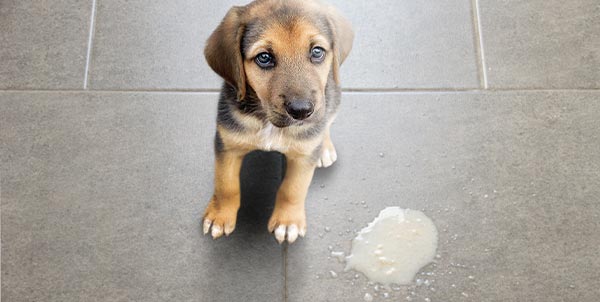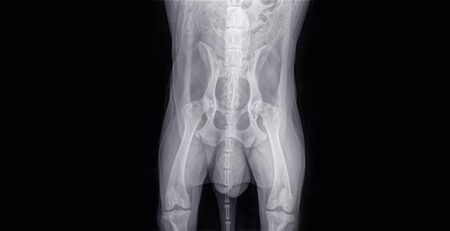Table of Contents
Pancreatitis in dogs and cats consists of an inflammatory state of the pancreas that alters all of its functions.
The pancreas of the dog and cat is a gland located on the right side of the abdomen that produces:
-enzymes that aid in the digestion of food (protein, fat, starch): pancreatic enzymes are activated when they reach the duodenum, the first tract of the intestine;
-hormones such as insulin and glucagon whose main function is to regulate blood glucose in the blood.
How pancreatitis manifests in dogs and cats: symptoms
Symptoms of canine and feline pancreatitis are severe abdominal pain, poor appetite, and rapid weight loss associated with vomiting and diarrhea.
Also, increased thirst and urine output, dehydration, and fever.
In mild cases, symptomatology regresses.
If, however, the clinical picture is more severe, pancreatitis may become chronic.
Or, there may be further complications up to the death of the animal.
In fact, the acute form has a high mortality rate if it is not treated in time.
Acute pancreatitis in the dog and cat and chronic pancreatitis
Acute pancreatitis in dogs and cats occurs when the pancreas begins to produce active enzymes directly within it.
Digestive enzymes, prematurely activated, actually cause damage to the gland tissue.
If damage remains permanent and irreversible to the pancreas, it is called chronic pancreatitis.
It could then result in another form of the disease, known as exocrine pancreatic insufficiency (EPI).
Causes and predisposing factors for dog and cat pancreatitis
Here they are:
- Diet high in fat and low in protein or unsuitable (food of any kind, table scraps, frying)
- alcohol
- food indigestion
- obesity
- intake of toxic substances
- direct trauma to the organ
- pancreatic duct obstruction
Diagnosis and treatment: how to treat dog and cat pancreatitis?
The veterinarian will subject the dog or cat to biochemical blood and urine tests.
The blood test already provides the first important information, such as the value of specific pancreatic lipase (cPL) and that of the animal’s amylase .
Ultrasound instead will be needed to assess the extent of pancreatic lesions.
In general, the treatment is in veterinary emergency in the emergency room.
Dogs and cats with pancreatitis should be hospitalized.
The waiting time before the prognosis is dissolved is at least 48 hours during which they will undergo fluid therapy, antibiotic therapy and analgesic therapy.
And again, it is necessary to feed them through a nasogastric tube.
Once the symptoms have regressed, feeding can be restored but only under strict medical supervision, both in terms of timing and manner.
In fact, diet plays a major role in treatment.
Protein should be of the highest quality, and the amount of fat should be kept to a minimum.
Is there a race predisposition to pancreatitis?
This condition is most commonly seen in dogs 5 years of age and older who are overweight or have recurrent gastrointestinal problems.
A breed predisposition has been identified in the Dwarf Schnauzer, due to a mutation in the gene involved in the production of a digestive enzyme.
Other breeds are also believed to be more at risk.
These include: the Yorkshire Terrier, the medium-sized and dwarf Poodle, the Bichon Frisé, the Golden and the Labrador Retriever.
When acute pancreatitis is suspected, it is essential to give the animal a thorough clinical examination and administer specific therapy promptly.
We remind you in this regard that in case of need and urgency Clinica La Veterinaria is always open h24 every day including holidays and with First Aid service from 8 pm to 8 am.
For the joy of seeing them HAPPY











